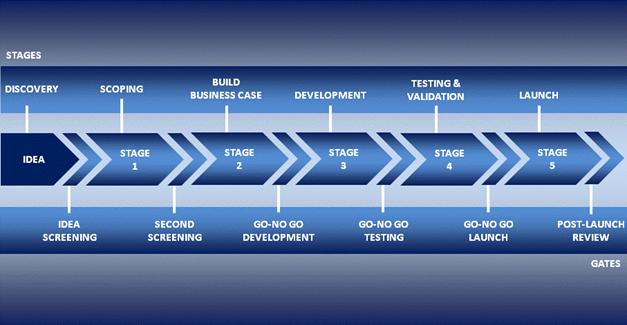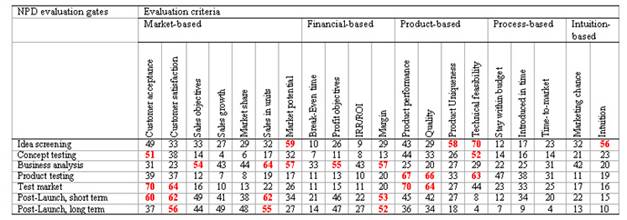Introducing the NPD process
New product development (NPD) is the motor of sustainable success for every firm. It starts by generating a pool of new product ideas and continues by developing the most promising ones step by step into successful products, taking into account all strategic considerations. The challenge, however, lies exactly in all the steps in between - sorting out the best ideas and creating satisfactory products. Market research consistently reports substantial failure rates among product introductions (see, for example, Urban & Hauser, 1993). This is surprising considering the fact that extensive research in product innovation and new product managements has been carried out in recent decades.
In principle, there is ample risk of failure at every decision point. With the introduction of systematic NPD process models, a significant contribution was made to support actors in NPD in telling them what aspects need to be considered (in order to be aware of potential pitfalls). One of the most popular process models is the Stage-Gate system (Cooper, 1990, 2008, 2009) as shown below in Figure 6. It is defined as a 'conceptual and operational map for moving new product projects from idea to launch and beyond - a blueprint for managing the new product development (NPD) process to improve effectiveness and efficiency' (Cooper, 2008, p.124).
Definition: New product development

Figure 6. New product development process (adapted from Cooper, 1990, 2008, 2009).
A key focus in this model is on how relevant information is integrated into the decision-making at critical evaluation points (gates), when the progress status is reported and evaluated, but also during specific development phases (stages).
Different evaluation criteria become relevant for assessing each stage. In the following table, Tzokas et al. (2004) report their use in practice.
Table 1: Evaluation criteria (adapted from Tzokas et al., 2004).

Where: Red = More than 50% of the companies in the sample make use of the criterion at this gate.